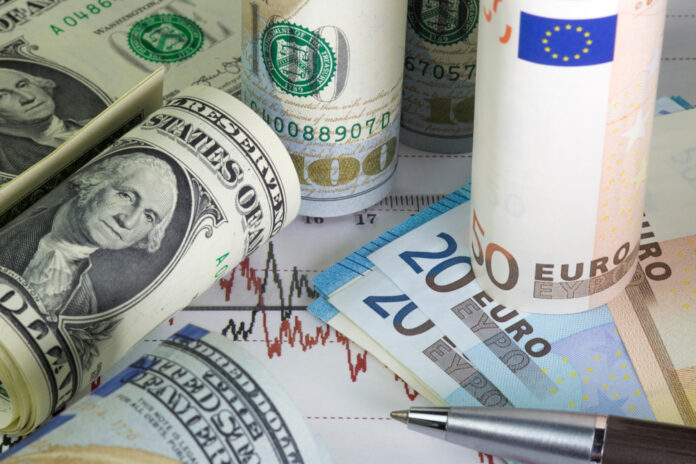The U.S. dollar gained ground on Tuesday, driven by optimism that trade tensions between the United States and China—the world’s two largest economies—might be easing. Trade talks, which began in London, entered their second day as both delegations aimed to resolve a dispute that has expanded beyond tariffs to include restrictions on rare earth minerals.
The Dollar Index, which measures the greenback against a basket of six other major currencies, climbed 0.3% to 99.210 by 04:05 ET (08:05 GMT). While this marked an increase, it remained just above the nearly six-week lows hit last week.
U.S. President Donald Trump boosted confidence on Monday by stating that the talks were progressing well and that he was receiving “only good reports” from his team. This fueled hopes for further de-escalation in the ongoing trade war—a critical development as both economies continue to show signs of strain from persistent tariffs implemented since January.
Analysts at ING noted, “There doesn’t seem to be a big catalyst for DXY to move outside a tight 98.80 to 99.40 range today. However, look out for any updates on U.S.-China trade talks. Any good news is probably a dollar positive in the current environment.”
Sterling Falls on Weak UK Jobs Data
In Europe, the British pound (GBP/USD) slipped 0.6% to 1.3472 after disappointing UK labor market data signaled a cooling jobs environment. The data reinforced expectations of potential interest rate cuts by the Bank of England (BoE).
The Office for National Statistics reported that the unemployment rate rose to 4.6% in the three months through April—matching forecasts and up slightly from 4.5% in the previous period. Additionally, British wages increased by a slower-than-expected 5.2%, marking the weakest wage growth since Q3 2024.
This subdued wage data may influence the BoE’s timing and trajectory for future rate reductions.
ING commented, “There is clearly a more negative flavour to these numbers over the past few months, and it reinforces the need to keep cutting rates, else the Bank of England risks slipping behind the curve.”
Meanwhile, the euro (EUR/USD) traded 0.3% lower at 1.1395, weighed down by the dollar’s appreciation and continued market reaction to the European Central Bank’s (ECB) latest policy signals. On Monday, ECB policymaker Robert Holzmann noted that the current pause in rate cuts could be extended unless economic data worsens, in which case further cuts may be warranted later this year.
“It’s hard to see EUR/USD breaking out of a 1.1370-1.1430 range today, with directional breakout risks equally balanced,” ING added.
Asian Currencies Eye Trade Talk Outcomes
In Asia, the Japanese yen (USD/JPY) edged 0.1% higher to 144.69. The yen remained largely steady despite a statement from Bank of Japan Governor Kazuo Ueda, who said the BoJ is prepared to raise interest rates further once underlying inflation consistently reaches its 2% target.
The Chinese yuan (USD/CNY) also traded 0.1% higher at 7.1883, with regional market focus centered on the U.S.–China negotiations in London. However, Asian markets remain cautious, awaiting concrete outcomes rather than mere discussion.



